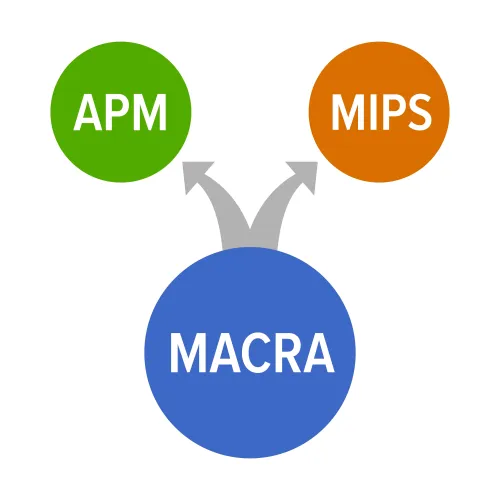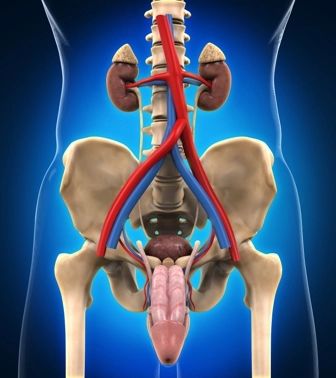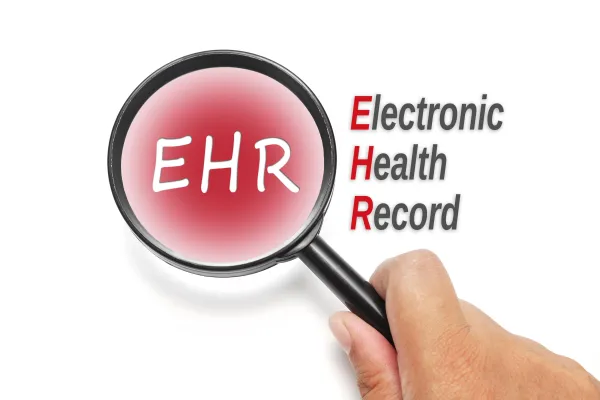Tackle Tick Bites with These Tips

Question: When a patient has a tick bite and the clinician orders a test for suspected Lyme disease, what diagnosis and procedure codes are appropriate? North Carolina Subscriber Answer: The procedure code depends on what test your lab performs. Based on a Centers for Disease Control and Prevention (CDC) recommendation, most insurers cover a two-tier testing algorithm that involves an initial test for antibodies, such as 86618 (Antibody; Borrelia burgdorferi (Lyme disease)), followed by a confirmatory test if the initial test is positive: 86617 (Antibody; Borrelia burgdorferi (Lyme disease) confirmatory test (eg, Western Blot or immunoblot)). Other tests for B. burgdorferi antibody include the following two proprietary laboratory analyses (PLA) codes: Some carriers won’t cover testing for a patient with a known tick bite and evidence of the characteristic rash (erythema migrans, A69.2, Erythema chronicum migrans due to Borrelia burgdorferi), which may be considered definitive for Lyme disease diagnosis. Payers don’t generally cover antigen testing for B. burgdorferi, such as the following: Regarding the diagnosis codes, the clinician should provide a list of the signs and symptoms that indicate the need for testing, such as fever and fatigue and an indication of the tick bite, if known, such as (W57.XXXA Bitten or stung by nonvenomous insect and other nonvenomous arthropods, initial encounter). Note that this is an external cause code so you shouldn’t list it first on the claim. Some payers expect the first code for tick bite to be an insect bite code indicating the bite location, such as S80.861A (Insect bite (nonvenomous), right lower leg, initial encounter), despite the fact that ticks are arthropods, not insects.




